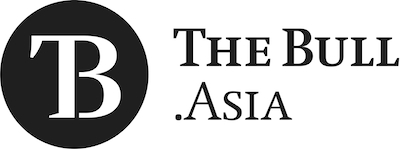After Barack Obama's successful re-election bid trends
Guaranteed Retirement Income In Any Market Saving For Retirement: The Quest For Success 10 Tips For Achieving Financial Security Simple Ways To Save In Retirement Year-End Tips For Your Retirement Plan
Rising Debt Ceiling
The government has two ways that it can cover a budget deficit. It can either increase revenues through taxes or it can borrow the money from domestic or foreign sources. The United States Congress sets a "credit" limit past which the government cannot further borrow. In order to increase the debt ceiling, Congress must pass legislation and it must be signed into law by the president. In 2011, federal borrowing once again brushed up against the debt ceiling and, after a contentious set of negotiations between the democrats and republicans, the debt ceiling was raised again, this time by $900 billion, in exchange for a reduction of spending over 10 years of $917 billion. The deal also allows for further increases if certain budgetary and spending guidelines are met.
The largest danger of increasing the debt ceiling is that it also increases the amount of interest that must be carved from each year's spending. Interest is not a discretionary spending item and it further ties the federal government's hands when it comes to trying to balance the budget.
Rise of Mandatory Spending
While interest forms a part of the mandatory spending portion of the federal budget (i.e., money that Congress or the administration cannot change in the short term), the largest mandatory pieces of the budget are the so-called entitlement plans, such as social security, Medicare and Medicaid. With the American population aging, expected increases in the elderly drawing on these programs will further tax the budget. The 2012 fiscal budget includes revenues of $2.47 billion and mandatory spending (including interest) of $2.48 billion. This does not include any discretionary spending on the military, education and other social programs. Without an increase in revenues, presenting a balanced budget is practically impossible in the short term.
Distribution of Wealth
The old saying, "the rich get richer and the poor get poorer" has manifested in the United States over the past quarter century. Corporate profits are increasingly concentrated into the hands of the wealthy who control the means of production. Workers' wages are declining in real dollars and include fewer health care benefits. A report by the American Sociological Review found that wage inequality in the U.S. rose by more than 40% in the private sector between 1973 and 2007. Part of the reason for depressed wages is the decline in union membership over that time period, but is reinforced by technological advances replacing the need for skilled labor and foreign trade. The increasing disparity between the rich and poor guts the middle class, which can have a serious impact on consumer demand, saving and investing.
The Bottom Line
Some economic trends in the United States can be reversed through changes in federal policy, but some occur because of the changing nature of the population and its needs, as well as industrial and technological changes in business. The aging population and the decline of unions' voices in the employment area are trends that will continue and new solutions must be created to deal with their effect on the economy. Dealing with these issues will be a major part of the new administration's mandate, but will take many years to solve. Changes in administration or economic policy can either slow these trends or accelerate them, depending on budgetary philosophies and direction.
>> Click here to read other articles from this week's newsletter









